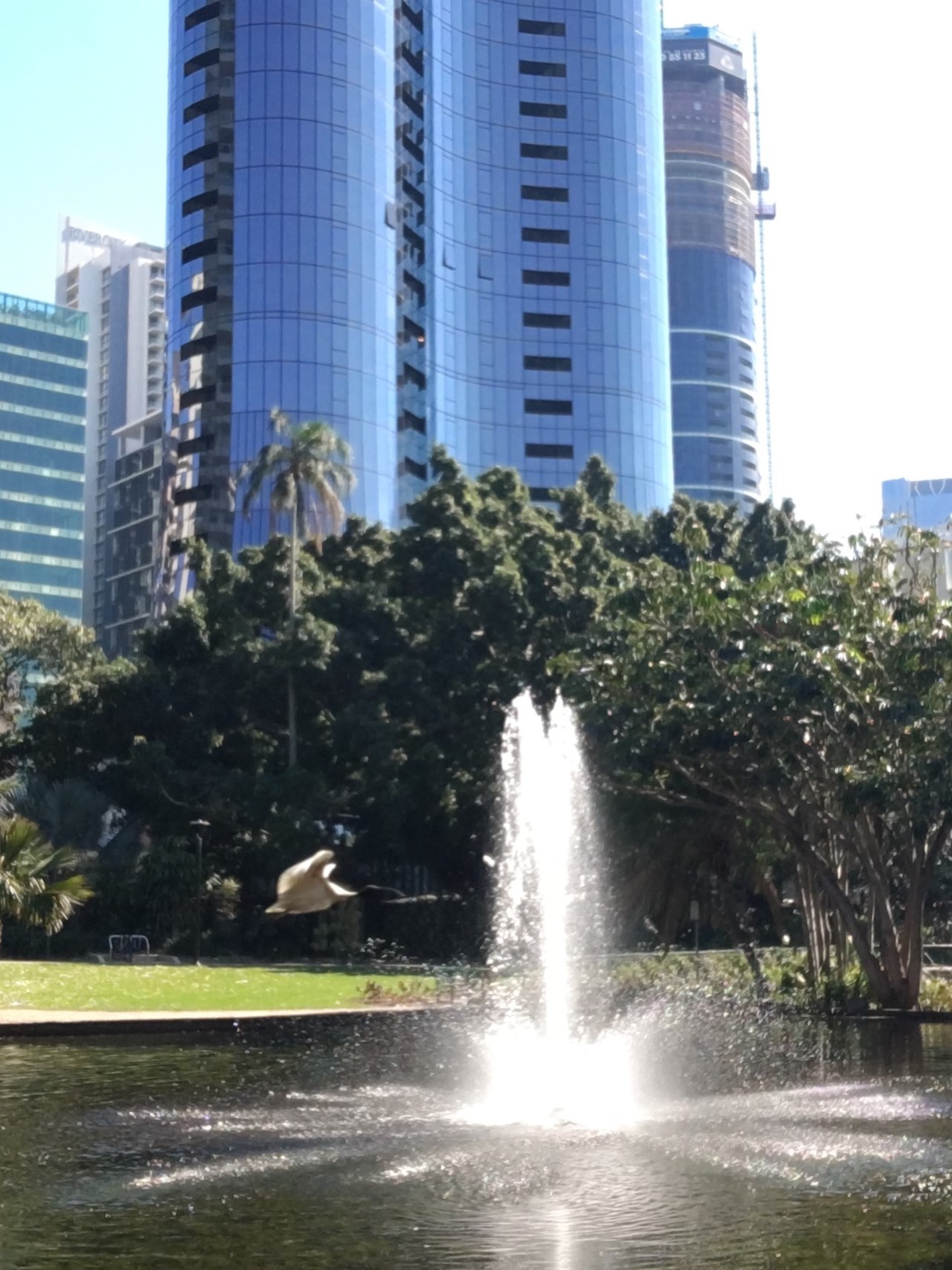‘We have the power and the knowledge to restore the Earth, if we act now.’
That’s the message the United Nations (UN) want you to hear, as it launches its Decade on Restoration to coincide with World Environment Day this month.
This year’s World Environment Day theme is ecosystem restoration. And it comes with a positive message: it’s not too late.
In its new Practical Guide to Healing the Planet, the UN says our current trajectory is not inevitable. But, we must nearly halve greenhouse gas emissions by 2030 to prevent devastating climate change, it warns.
Hence begins a 10-year push to prevent, halt and reverse the degradation of ecosystems worldwide.
Jump to:
- What is an ecosystem?
- Why are ecosystems so important?
- Seven types of ecosystems: forests and trees | rivers and lakes | towns and cities | oceans and coasts | farmlands and grasslands | mountains | peatlands
What is an ecosystem?
An ecosystem is a place where plants, living creatures and the landscape come together to form the web of life, the UN says in its Beginner’s Guide to Ecosystems.
In an ecosystem, each organism has its own niche or role to play, the Australian Museum website explains. An ecosystem includes all living things interacting with each other and with their ‘non-living environment’, which means other factors such as weather, earth, sun, soil, climate and atmosphere.
Why are ecosystems so important?
We spoke with Professor Margaret Mayfield, head of UQ School of Biological Sciences, to learn more about these vital ecological communities.
“The big link between ecosystems and climate change is that nature holds a lot of carbon in it,” Margaret says.
“So yes, ecosystem restoration is one essential element of combatting climate change.”
Margaret says ecosystems globally have been damaged by human industry, and that many people still don’t understand their value.
“There’s an enduring perception that forests and other natural vegetation isn’t ‘useful’ and that land has to be cleared to be productive,” she says.
“Of course, it’s quite the opposite. Key ‘ecosystem services’, such as carbon sequestration and pollination, can only take place if we protect and preserve our natural environment.”
Seven types of ecosystems
The UN identifies seven major types of ecosystems, and provides suggestions for how you can help.
Forests and trees

What the UN says: Forests and trees provide us with clean air and water, capture vast amounts of climate-heating carbon and are home to most of Earth’s biodiversity.
Here in Australia, where we have such large, open landscapes, restoration is vital for carbon capture, Margaret says. But many restoration projects fail because they aren’t maintained once the seedlings are planted.
Alongside Queensland Trust For Nature and the Turner Family Foundation, Margaret is part of a new restoration research project at Hidden Vale in Grandchester, Queensland.
“We’re planting 21,000 trees as part of a restoration experiment,” she says.
“We’ll be studying how different factors impact planting success including soil preparation and species selection.
“We’re also trying to plant a forest that will match the climate of the future instead of the climate of yesterday.”
One way you can help? Plant trees! Even adding more trees to your own garden or local public spaces (with permission) can help, the UN suggests. Three quick tips:
- It’s not enough to stick seedlings in the ground – you need to take care of them! Consider learning by volunteering with the UQ Community Garden
- Encourage people to get involved by planting trees that will deliver direct benefits – for example, local fruit trees
- Remember you need to plant the right tree, at the right place, at the right time – so research native species suited to the conditions and understand if there’s a ‘best season’ for your seedlings to thrive!
Rivers and lakes
What the UN says: Freshwater ecosystems supply food, water and energy to billions of people, protect us from droughts and floods, and provide unique habitat for many plants and animals.
One way you can help? Rubbish collection. Anytime you’re out for a walk along the water, pick up any trash and junk dumped or washed up that you can safely gather. Three quick tips:
- You’re helping to restore a beautiful landscape. If it looks like a tip, people will treat it like one
- Dispose of the rubbish you collect thoughtfully
- Be careful with any wildlife that might be caught in the debris. If you need help to free it, contact local authorities.
Towns and cities

What the UN says: Urban areas occupy less than 1% of the Earth’s land surface but house more than half of its people. Cities and towns are ecosystems too. They can help clean our air and water; cool urban heat islands (for example, read our article about water-sensitive cities); shield us from hazards; and provide opportunities for rest and play.
One way you can help? Manage your own green space. A mass-movement for micro-restoration can go a long way to enhancing the ecology and liveability of a whole city. Three quick tips:
- Whether it’s your home garden, your business premises or work environment, your school, or even a roadside tree, manage the green space around you in ways that boost nature
- Plant indigenous species whenever you get a chance
- Make compost, which carries the dual benefits of improving soil condition and helping to manage your own waste creation.
Oceans and coasts
What the UN says: Oceans and seas cover more than 70% of the Earth. Their ecosystems regulate our climate and generate most of the oxygen we breathe.
One way you can help? There are lots of ways you can help our oceans! Here are three ideas:
- Many hands make light work. Mobilise friends, family or the local community and embark on a coastline clean-up! Simply pick a stretch of beach and start collecting rubbish
- Reduce your plastic use. It’s not just visible rubbish that’s damaging our oceans; microplastics arguably cause even more harm. Read our article to find out more about microplastics and how you can avoid them
- Join a citizen science project. This usually means you’ll be contributing to larger research initiatives by helping to collect data. The Reef Citizen Science Alliance has details about projects running all along Queensland’s coasts.
Farmlands and grasslands
What the UN says: As well as supplying food, fodder, and fibre, farmlands and grasslands host an incredible variety of organisms and tree cover.
However, Margaret says humanity needs to re-think how it approaches agriculture to balance food sustainability and environmental challenges.
“Humans all over the world have modified ecosystems to be primarily agriculture-focused.
“But we know that many agricultural crops hold a lot less carbon than other sorts of more diverse, higher biomass ecosystems.
“Without this diversity, we’re also missing a lot of natural pollination opportunities for crops and wild plants.
“Restoration is incredibly important for agriculture. Farms of the future can farm as part of, rather than in opposition to, complete and productive ecosystems.
“This might mean planting several different types of crops together, using the land around crops wisely, and considering which crops deliver the best co-benefits for the environment and food production.”
One way you can help? Learn more about the food you consume. Here are three questions you can ask:
- Where was your food grown? What can you find out about their farming practices?
- Are you eating locally-grown produce that is in season? Farms growing these types of fruits and vegetables may need fewer interventions that are not environmentally friendly
- Which types of foods are responsible for the most greenhouse gas emissions? The below chart shows a range of different foods across the supply chain, with data adapted from this paper.
Mountains
What the UN says: Mountains harbour most of Earth’s biodiversity hotspots and supply fresh water to an estimated half of humanity.
One way you can help? While your day-to-day actions may be less directly connected to the preservation of mountain ecosystems, it’s important to understand the role they play.
A lot of the UN’s guidelines are macro-level suggestions to protect the geography itself (i.e. preventing avalanches, landslides and floods), as well as to support indigenous and local peoples around the world who call mountain landscapes home.
In many cases, mountain communities are in developing countries and face poverty, food insecurity and a raft of other social and economic challenges, the UN says. Addressing these issues is part of the bigger goal of conserving mountain ecosystems and their biodiversity.
Peatlands
What the UN says: Peatlands are a type of wetland that include moors, bogs and mires. Though they cover only 3% of the world’s land, peatlands store nearly 30% of its soil carbon. They control water supplies and prevent floods and droughts, and provide many people with food and fuel.
One way you can help? Peatlands are relatively rare in Australia, due to our prevailing environmental conditions, as this paper explains. So you personally may not be able to take significant steps to assist with their conservation.
Most guidelines from the UN centre around ways to re-wet and restore drained and degraded peatlands. Suggestions include ensuring peatlands are officially recognised as protected areas and planting species to boost their natural regeneration.
Peat itself is also used as a fossil fuel for heating and generating energy, most commonly in northern European nations, as this National Geographic article explains. As with other fossil fuels like oil, coal and natural gas, peat could be replaced by renewable energy sources to help preserve the natural environment from whence it is mined.
Get involved
For more ideas on how you can get involved, visit the UN Decade on Restoration website or read the UN’s practical guide to ecosystem restoration.



